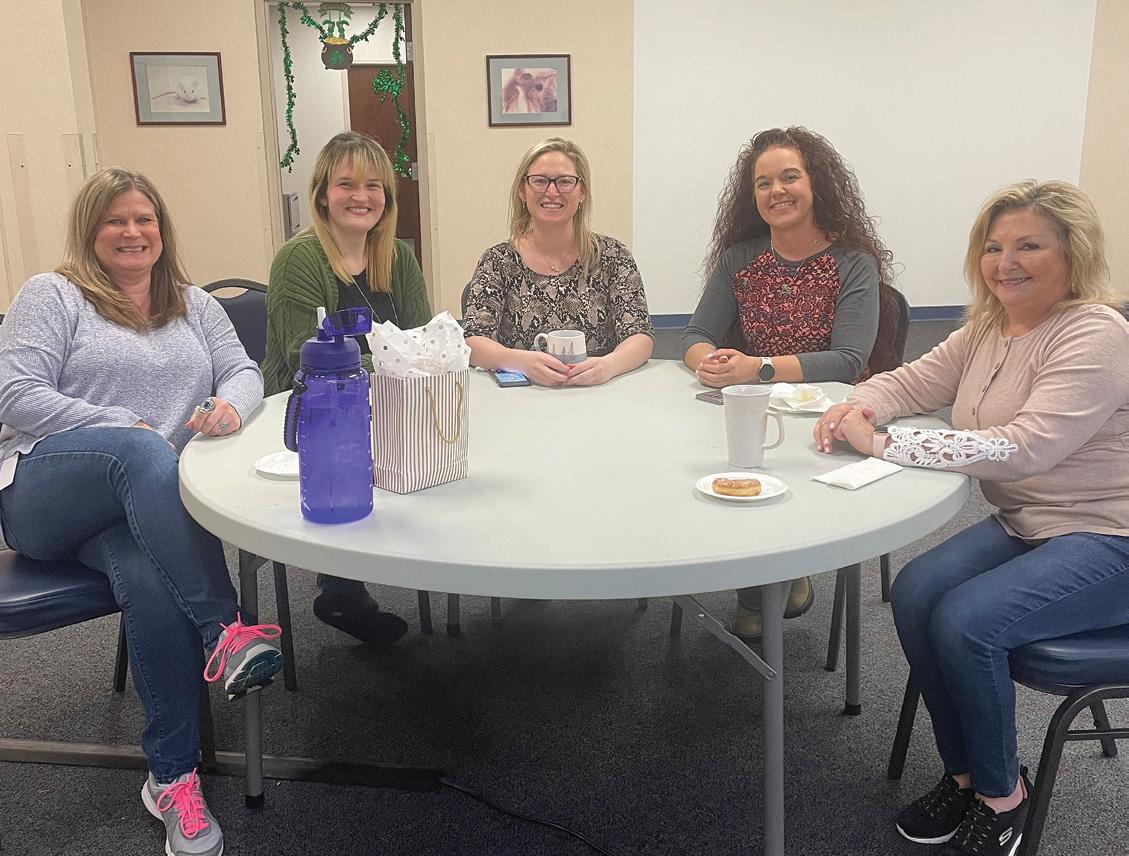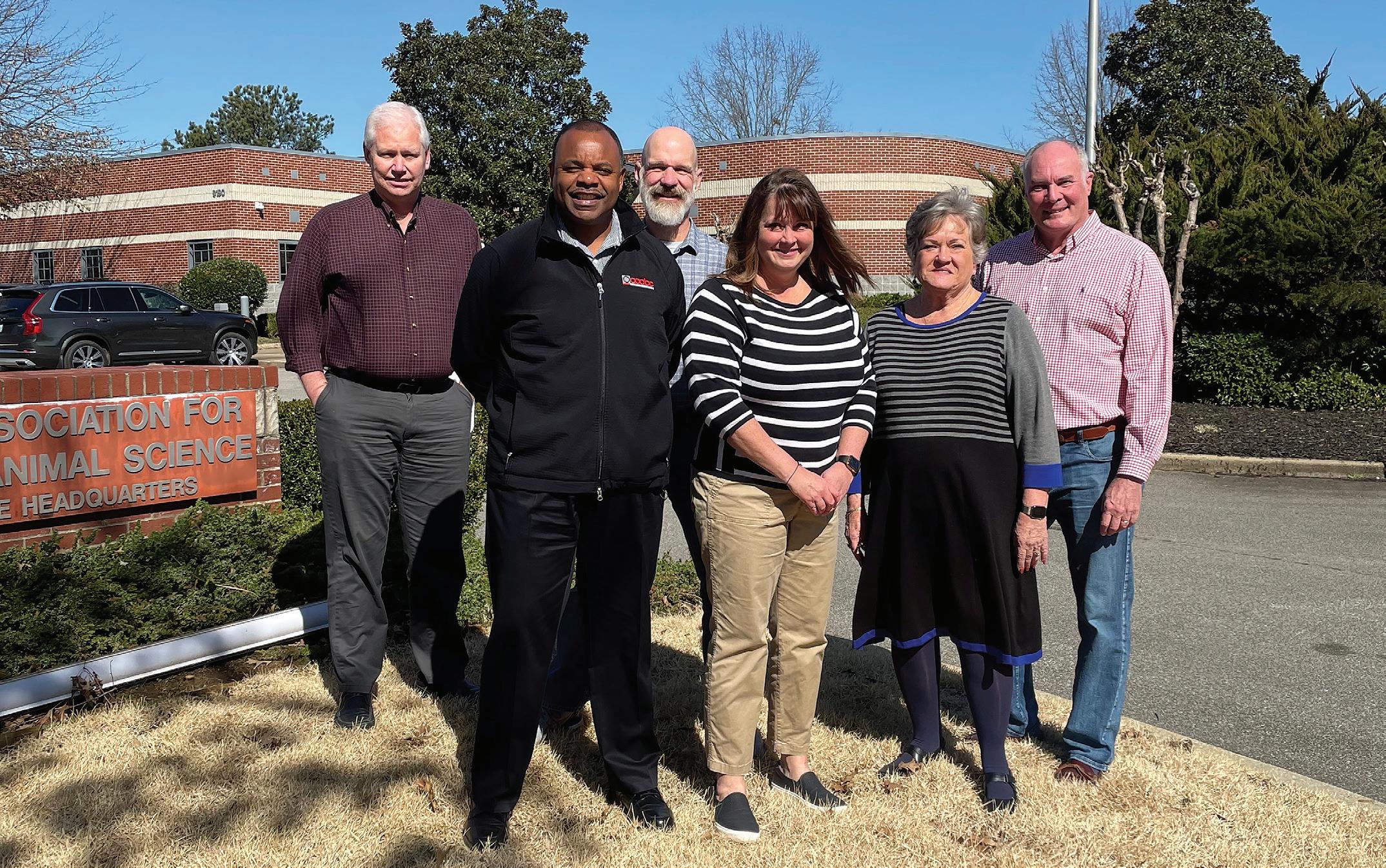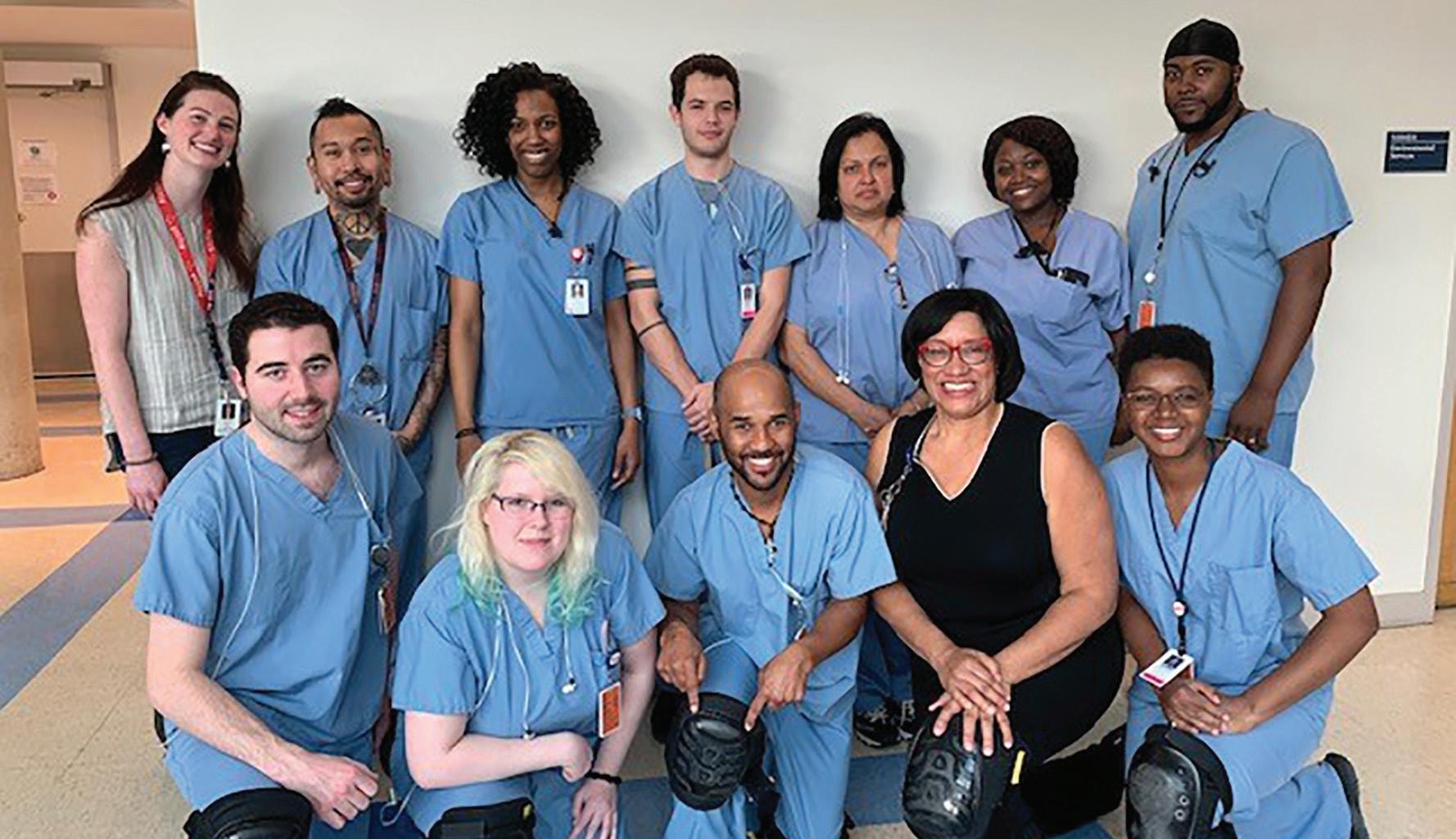Figure 2: Model illustrating relationship between employee and organizational constructs, targeted DEI training and measurable shifts to achieve a sustainable, inclusive workplace culture.
biases. Both before and after training is delivered, quantitative research methods can track measurable shifts in attitudes and behaviors. We can then follow these shifts against benchmarks designed to capture nuanced changes in outcomes. Figure 2 demonstrates the relationship between employee and organizational themes, DEI training, and achieving the goal of a sustainable, inclusive culture. The CCM Be Better Program is an excellent example of the commitment, efforts, and expected outcomes resulting from an effective, robust DEI program. Key concepts to underscore as organizations consider building an anti-racist culture include:
work, more recognition for their contribution, and more work-life balance considerations. As eloquently stated by Dr. Brene Brown in her book, Gifts of Imperfection, people feel connected when seen, heard, and valued. An anti-racist environment can ensure that reality will truly exist when everyone has what they need to support their well-being. If we take care of the well-being of our staff, they will take care of the well-being of our animal patients.
1. It must come through systems and organizational structures such as MGB, MGH, and CCM, in our case. 2. Organizations must require that DEI conversations be a part of everyday conversations and provide a safe or brave space for people to be more supported as they can be uncomfortable. Past approaches focused on individual behavior usually associated with legal consequences will not establish the buy-in necessary for a sustained cultural change. 3. Organizations must include opportunities for leadership in the DEI initiative at all staffing levels to encourage buy-in and create sustainability. Other fields have successfully used this strategy, as demonstrated in the case of creative youth development. When youth participate in building an initiative that involves them, their sense of belonging and engagement are measurably changed.1 4. Strategies and tools to address such DEI themes as implicit bias and uncomfortable conversations need to be included in training with feedback, coaching, and troubleshooting opportunities. 5. Evaluation and feedback loops need to be incorporated into each phase of DEI work to provide opportunities to adjust when necessary.
Ivonne Chand O’Neal, PhD, is the Founder and Principal of MUSE Research in Silver Spring, MD.
As organizations recover from more than 20 months of pandemic disruption and separation, it is time to reimagine the future of science and biomedical research. Employees want more meaningful
40 Laboratory Animal Science Professional May 2022
Donna Matthews Jarrell, DVM, DACLAM, is the Director and Attending Veterinarian at the Massachusetts General Hospital in Charlestown, MA.
REFERENCES: 1. Chand O’Neal, I. 2022. A walk in the sun: The awakening of human flourishing in creative youth development, p 286-300. In L. Tay &J. Pawelski (Eds). The handbook of positive psychology on the arts and humanities: theory and research. The oxford handbook of the positive humanities. Oxford University Press. 2. Jarrell, DM, Young S, Niemi, SM. 2005. Managing animal facility operations using the Toyota production system (TPS) approach. Abstract presented at the American Association for Laboratory Animal Science 56th Annual Meeting. St. Louis Missouri, November 8th. 3. Niemi, SM. 2015. Program management, p.1599-1616. In: Fox, Anderson, Otto, Pritchard-Corning, Whary, editors. Laboratory animal medicine, 3rd edition: Academic Press. 4. Niemi, SM. 2018. Is the veterinarian program director a threatened species? p.89-103. In: Notes in the category of C: reflections on laboratory animal care and use, Academic Press. RESOURCES:
https://www.fuqua.duke.edu/duke-fuqua-insights/ashleigh-rosette-five-things-leaders-must-consider-effectively-address-racial








